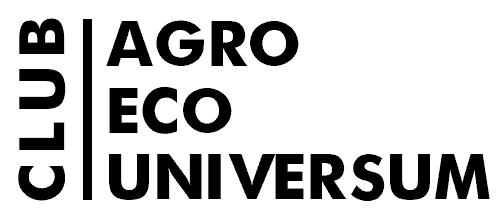In a new scientific article, AEU club experts – Nataliya Shchegolkova, Mikhail Semenov, Sergey Kharitonov, George Krasnov and Kseniya Rybka – have studied various functional zones in constructed wetlands (CWs). Constructed wetlands are complicated ecosystems that include vegetation, sediments, and the associated microbiome mediating numerous processes in wastewater treatment.
In particular, they focused on spatial changes in microbiomes along different functional zones of a free-water surface wetland located in Moscow, Russia. The microbiome structure was analyzed with Illumina MiSeq amplicon sequencing. In the course of the research, the experts studied physical characteristics and chemical composition of organic pollutants in different CW zones.
The experiments identified specific organic particle aggregates similar to activated sludge flocs in the sediments. The highest accumulation of hydrocarbons was found in the zones with predominant sedimentation of fine fractions. Phytofilters had the highest rate of organic pollutants decomposition and predominance of Smithella, Ignavibacterium, and Methanothrix. The sedimentation tank had lower microbial diversity, and higher relative abundances of Parcubacteria, Proteiniclasticum, and Macellibacteroides, as well as higher predicted abundances of genes related to methanogenesis and methanotrophy
The experts concluded that spatial changes in microbiomes of constructed wetlands can be associated with different types of wastewater treatment processes. Microbiological processes in such facilities as CWs are most effectively studied with molecular biological methods.

